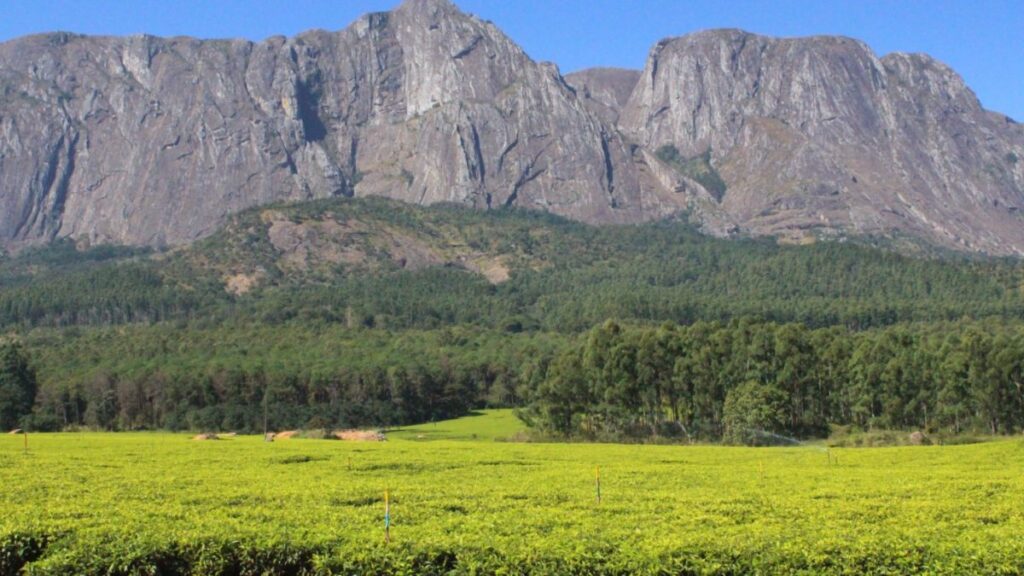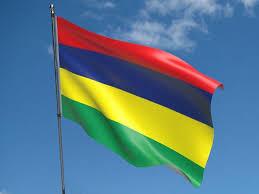Cameroon and Malawi have made notable strides in cultural preservation as two of their landmark sites were officially added to the latest edition of the UNESCO World Heritage list.
In Cameroon, the Diy-Gid-Biy landscape of the Mandara Mountains, located in the far northern region of the country, has been recognized for its historical and archaeological significance. The area is home to a network of ancient sites believed to have been created between the 12th and 17th centuries, offering a window into early settlement patterns and cultural practices in the region.
Meanwhile, in Malawi, Mount Mulanje has earned global recognition not only for its ecological richness but also for its deep cultural importance. Situated in the southern part of the country, the mountain is revered as a sacred site believed to be inhabited by gods, spirits, and ancestors. Its inclusion on the World Heritage list highlights its spiritual relevance as well as its ecological and geological uniqueness.

These additions form part of a broader UNESCO initiative aimed at recognizing and protecting natural and cultural sites of outstanding universal value across the globe. UNESCO is also currently reviewing applications from Sierra Leone and Guinea-Bissau. The Gola Tiwai forests in Sierra Leone and the Bijagos Archipelago biosphere reserve in Guinea-Bissau are both under consideration for future inclusion.
The expansion of the World Heritage list underscores the increasing global recognition of Africa’s diverse landscapes and rich cultural heritage, bringing renewed attention to the importance of preserving these sites for future generations.














